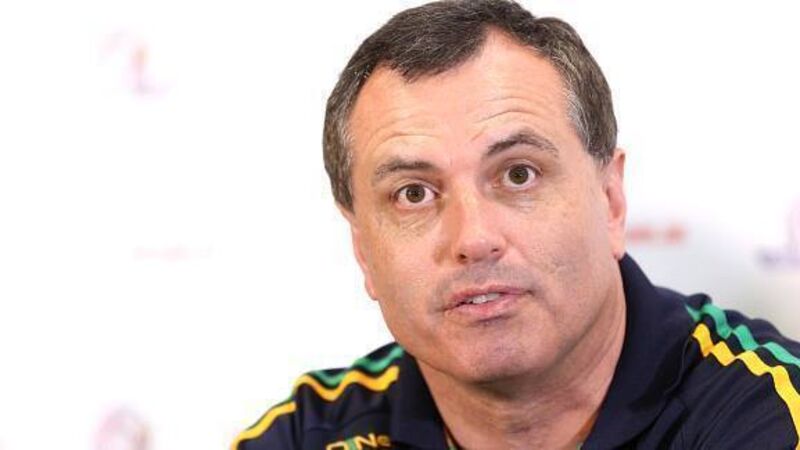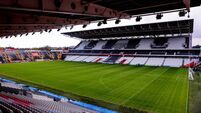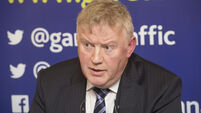Paul Earley believes ‘mark’ can resurrect the art of high fielding

Introduced to the hybrid game last year, the rule allowing players to call a mark upon catching the ball beyond the 45 metre line is to be trialled in the Sigerson Cup with a mind to being proposed at Congress in February.
Earley was a member of the Eugene McGee-chaired Football Review Committee (FRC) whose 2013 motion to implement the same initiative failed by just 1% to reach the required 66% support from Congress delegates.














